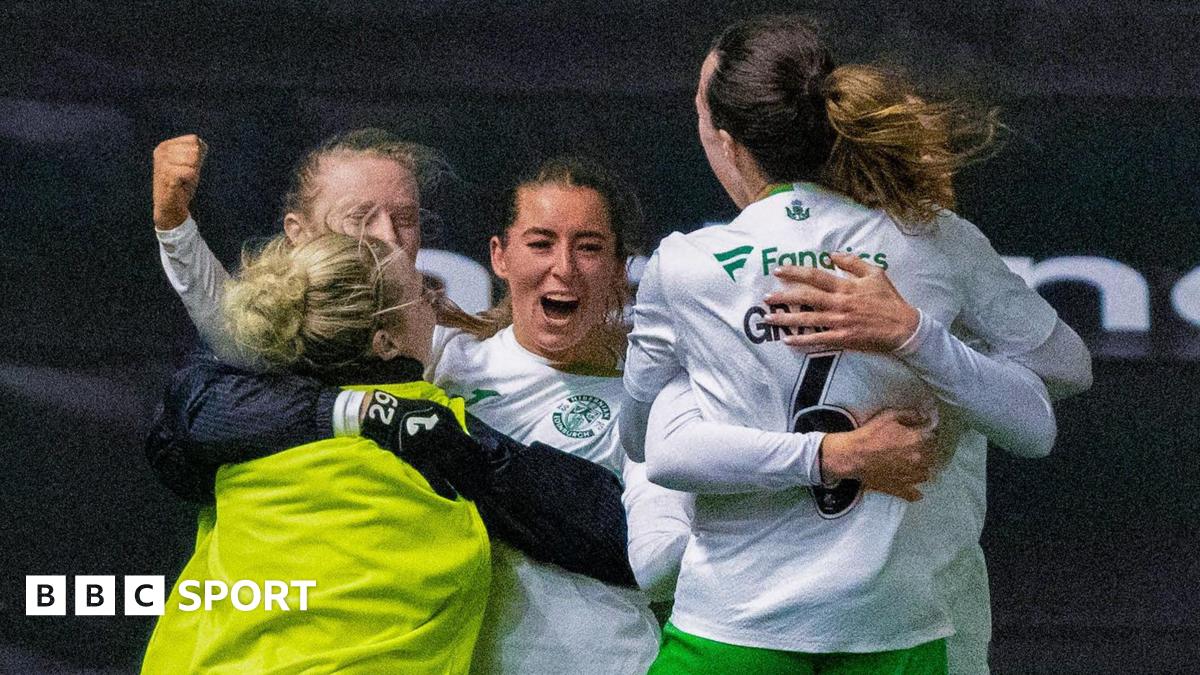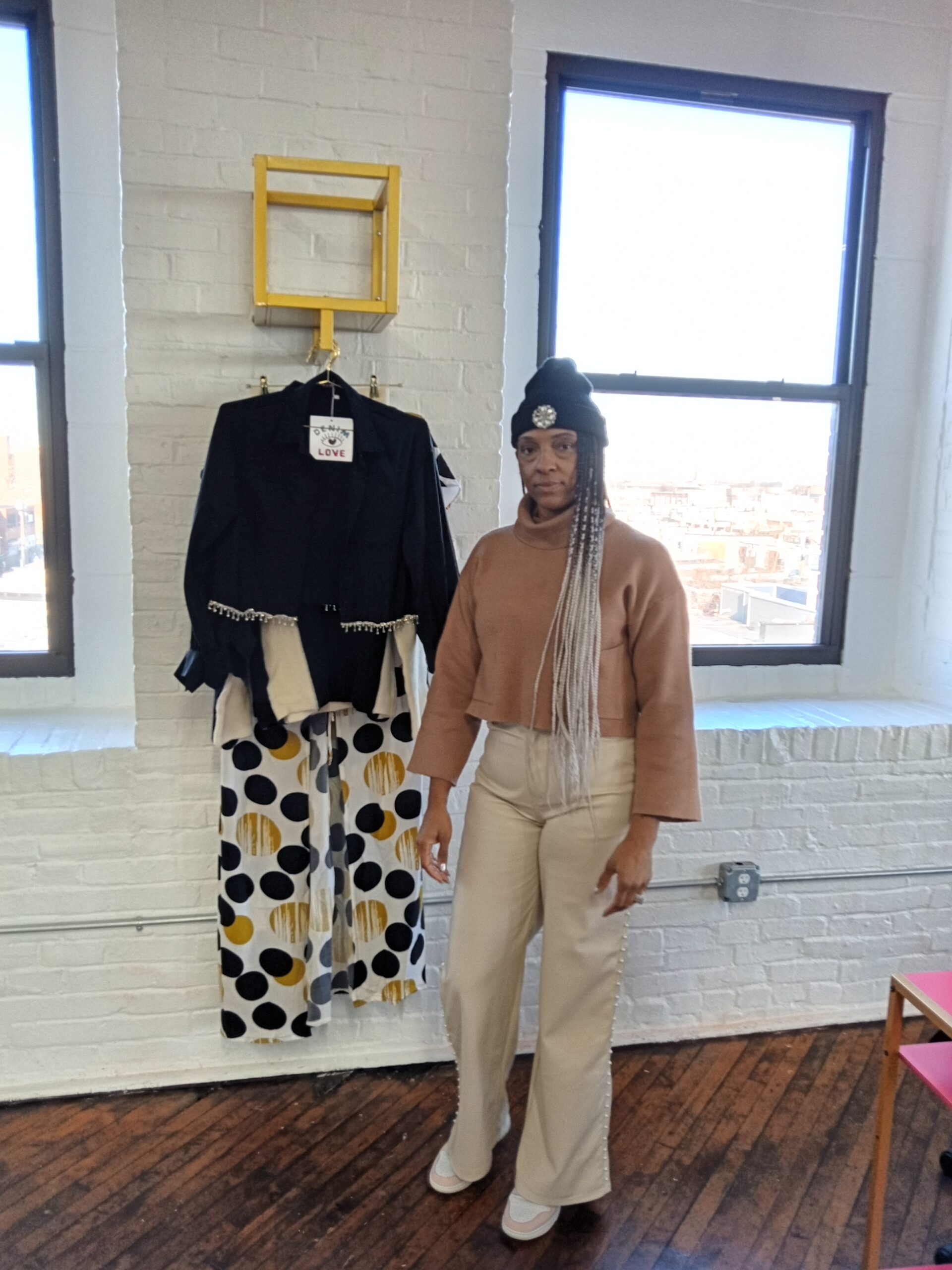Fashion
It was a night of fashion fairytales: Sudha Reddy on Met Gala

In an exclusive interview, entrepreneur and philanthropist, Sudha Reddy, shares with Deccan Chronicle, her exhilarating experience at the Met Gala 2024. She talks about the evolution of her style and the importance of showcasing Indian craftsmanship on the global stage.
What was your experience of attending the Met Gala 2024 like? Any memorable interactions?
Attending the Met Gala 2024 was an absolute whirlwind! The energy was electric, the best and brightest were all there, and of course, the fashion was phenomenal. Stepping onto that red carpet in my Tarun Tahiliani masterpiece was surreal. The flashes, the cheers, the feeling of showcasing a piece of Indian heritage to the world – it was exhilarating! It was a night of fashion fairytales, everywhere you turned, there was another incredible look. Beyond the fashion, the real magic of the Met Gala is the celebration of art and culture. The “Sleeping Beauties” exhibit was a stunning exploration of fashion’s history, and it was a privilege to be surrounded by such creativity. Overall, the Met Gala 2024 was an unforgettable experience. It was a night of glamour, inspiration, and connection – and a celebration of fashion’s power to tell stories and bridge cultures.
How do you see your evolution in terms of style and personal expression when you reflect on your journey from your debut at the Met Gala in 2021 to your appearance in 2024?
Ah, what a journey it’s been from my Met Gala debut in 2021! Reflecting back, I see an evolution in my style that mirrors a growing confidence in my personal expression. In 2021, it was all about making a statement. The world didn’t quite know Sudha Reddy yet, and I wanted to showcase a bold, glamorous side of Indian fashion. My Falguni Shane Peacock ensemble was a head-turning piece, for sure, but perhaps a touch on the theatrical side. This year, with Tarun Tahiliani, we struck a beautiful balance. The 2024 look was still undeniably glamorous, but there was a depth and richness to it that reflected a deeper understanding of my own style. It felt more personal, a celebration of Indian heritage with a modern twist. It was Sudha Reddy owning the spotlight, not just being surprised by it. I think this evolution comes from a place of growing comfort in my own skin. As I have experienced the world of fashion more, I have discovered what truly resonates with me. It’s not just about embracing bold colours and exquisite craftsmanship, but also ensuring it feels authentically me. Looking ahead, I’m excited for future Met Gala appearances to showcase even more glamour and artistry, continuing to celebrate Indian fashion while evolving alongside my personal expression.
The theme for this year’s Met Gala was ‘Sleeping Beauties: Reawakening Fashion. How did you interpret this theme and incorporate it into your ensemble?
The “Sleeping Beauties” theme resonated with me on multiple levels, and I wanted my entire ensemble to reflect that. Fashion, like Sleeping Beauties, can slumber for a while. But the theme also hinted at a “reawakening.” I saw this as a metaphor for modern India. We have a rich textile heritage, but it can sometimes be overshadowed. My dress, with its flowing silks and blooming embellishments, symbolized the current flourishing of Indian creativity. It was a way to say, “India is awake and ready to take center stage.” The classic Sleeping Beauty narrative can be passive. But I wanted to portray a different kind of awakening – one that’s active and empowered. The self-portrait on the dress holding a rose showcased a strong, confident Indian woman, spreading the message of peace across the world. It was a way to break stereotypes about Indian fashion and show its modern spirit. The theme spoke to reviving pieces from fashion history. My dress, meticulously crafted by Tarun Tahiliani, showcased the “sleeping beauties” of Indian artistry – traditional embroidery techniques like zardozi and couching. By wearing this, I was giving these forgotten techniques a chance to shine on the world stage. So, the entire ensemble wasn’t just a dress; it was a reawakening of Indian fashion heritage, a celebration of modern Indian creativity, and a powerful statement about the future of Indian design on the global stage.
What was it like to collaborate with Tarun Tahiliani for your Met Gala outfit?
Working with Tarun Tahiliani on the Met Gala outfit was an absolute dream! He’s a true maestro of Indian fashion, and his vision perfectly complemented the theme this year. We spent countless hours brainstorming and sketching, pouring over exquisite fabrics and discussing the intricate embroidery techniques that would bring the design to life. Seeing his team of artisans translate our ideas into that breathtaking gown was humbling. The dedication and meticulousness that went into every stitch was truly inspiring. It wasn’t just a dress; it was a collaborative work of art, a fusion of Tarun’s genius and the heritage of Indian craftsmanship. The entire process was incredibly fulfilling, and I couldn’t have asked for a better partner to create this piece that celebrated Indian fashion on the world stage.
Your dress featured a miniature self-portrait and intricate embroidery. Can you elaborate on the symbolism behind these design elements and what they represent to you personally?
The miniature self-portrait and intricate embroidery on the dress were both deeply personal choices, each with a specific meaning. This wasn’t just a vanity piece! The little portrait of me holding a rose symbolized India stepping onto the world stage. It was a way of saying, “Here I am, representing the rich heritage and flourishing creativity of Indian fashion.” But the rose also held a deeper meaning – a message of hope and peace that India offers to the world. The dress wasn’t just beautiful, it was a story woven in thread. The meticulous embroidery techniques, like zardozi and couching, were a tribute to the generations of artisans who have kept these traditions alive. Every stitch whispered tales of India’s textile history, a reminder of the incredible craftsmanship that lies at the heart of Indian fashion. For me personally, these elements were a way to connect my own story to the larger story of Indian fashion. The self-portrait was a
celebration of how far I have come, while the embroidery was a homage to the heritage that inspires me. It was a way to say, “I am Sudha Reddy, and I am proud to be a part of this incredible legacy.”
How important was it for you to incorporate elements of Indian craftsmanship and design into your Met Gala look, and what message did you hope to convey through this?
Incorporating Indian craftsmanship and design into my Met Gala look wasn’t just important, it was essential! This year’s theme, “Sleeping Beauties: Reawakening Fashion,” was practically begging for a celebration of heritage and renewal, and what better way to embody that than showcasing the timeless beauty of Indian artistry? Think of it as a grand awakening for the world to see the incredible talent we have in India. Over 80 artisans poured their hearts and souls into that gown, using techniques like zardozi and couching embroidery that have been passed down for generations. Each stitch whispered stories of our rich textile history. But it wasn’t just about the past. The gown, with its flowing silks and blooming embellishments, was also a metaphor for India’s current flourishing. We are a nation brimming with creative energy, and this was a chance to put that on the global stage. The little self-portrait on the bodice, holding a rose? That was my way of saying India is ready to take center stage, offering a message of hope and peace to the world. Ultimately, I wanted my Met Gala look to be a conversation starter. A way to spark curiosity about the wonders of Indian design and the artistry behind it. By wearing this gown, I wasn’t just attending a gala, I was carrying a piece of India’s legacy with me, and sharing it with the world.
Your gown was handcrafted by over 80 artisans in over 4500-man hours. How do you view the role of artisan craftsmanship in modern couture?
Artisan craftsmanship is the very soul of modern couture. While technology has brought advancements to the fashion industry, it can’t replicate the artistry and dedication poured into a hand-crafted piece. Each stitch, pleat, and embellishment tells a story, reflecting the skills and vision of the artisans involved. No two dresses made with this level of craftsmanship will ever be identical. Couture houses like Sabyasachi, Tarun Tahiliani, Raghavendra Rathore serve as custodians of these age-old techniques, ensuring their survival for future generations. The meticulous attention to detail and use of the finest materials elevates a garment from clothing to heirloom. Most importantly, artisan-made pieces are often more sustainable than fast fashion, as the focus is on quality and longevity. In a world of mass production, artisan craftsmanship in couture offers a unique and enduring form of luxury. It’s a celebration of human skill and creativity, resulting in garments that are not just worn, but treasured.
As a businesswoman and philanthropist, how do you think your presence at the Met Gala influences perceptions of Indian fashion and culture on a global stage?
As a businesswoman and philanthropist, I believe my presence at the Met Gala can be a bridge between Indian fashion and culture and the international stage. It puts Indian fashion on the map, sparks curiosity about our rich history, breaks stereotypes of Indian design, and builds bridges for cultural exchange. Fashion has a power to connect people across cultures. By representing India at the Met Gala, I hope to foster a sense of exchange. The West can discover the beauty of Indian design, while Indian designers can find inspiration on the global stage. The Met Gala is a global spotlight. By being there, particularly in such a meticulously crafted Indian ensemble, I help put Indian fashion on the map. It shows the world that Indian design deserves a place at the high table of couture. I’m just one person, but stepping out in Indian fashion can open doors and spark conversations. It’s a way to celebrate our heritage while showing the world the modern face of Indian design. Who knows, maybe it will inspire the next generation of Indian fashionistas to take their talents global!







